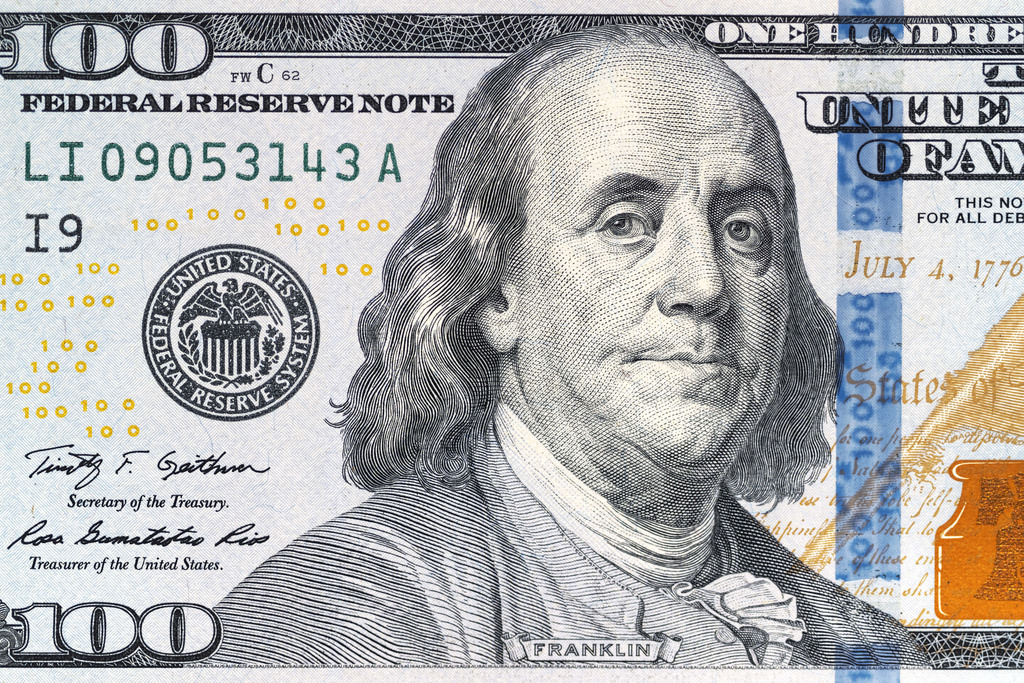Nickels and dimes: a guide to American currency
While most places in America accept debit and credit cards for payment, it’s still good to have a safety stash in your wallet just in case.
If you go to concerts, street fairs or small businesses, using your card may be inconvenient, or sometimes not possible.
That’s why you need to be familiar with American money, and know your cents from your dollars.

Introducing cents and dollars
Like many other currency systems, American money is based upon a decimal system eg. one dollar is equivalent to 100 one-cent coins.
American currency has coins for the lower-value amounts and bills for the higher-value amounts.
There are one-cent, five-cent, 10-cent and 25-cent coins. There are some one-dollar coins, but they’re hard to come by and more of a collector’s item. American coins also have names.
Here’s a list of coins with their corresponding names.
- One-cent coin: Penny
- Five-cent coin: Nickel
- 10-cent coin: Dime
- 25-cent coin: Quarter
Bills range from one dollar to 100-dollar values.
There are one-dollar, five-dollar, 10-dollar, 20-dollar, 50-dollar and 100-dollar bills.
Similar to the one-dollar coin, two-dollar bills do exist, but are so rare that they’re not often used and usually kept in a collection!
Top tip: Fast-food restaurants and some small businesses might not accept bills above 20 dollars since they might not have enough money in the register to make change.
Let’s talk money

In America, there are a lot of different slang and phrases for money.
You’ll overhear people talking about money in general by saying “cash,” “bucks,” “paper,” “bacon,” and sometimes even “cheddar.”
A few of the bills have nicknames associated with their featured president. Benjamin Franklin is on the 100-dollar bill, so some people call these bills ‘Benjamins.’
In movies, you might hear someone refer to a one-dollar bill as ‘George Washington’ or a five-dollar bill as ‘Abraham Lincoln.’ These references are used for fun since these are much lower than a ‘Benjamin’!
Pop-culture money sayings

- Bring home the bacon – working and bringing home the money to your family.
- Being the breadwinner – being the top or only income in a household.
- Make it rain – spend a lot of money.
- Burning a hole in one’s pocket – wanting to spend money soon.
- Put your money where your mouth is – do what you say; put your words into actions.
Fun Fact: The most recent shake-up for American currency is that there are talks of the heroic Harriet Tubman, an African-American woman and leader for the abolitionist movement during the Civil War era, replacing Andrew Jackson, a previous president, on the 20-dollar bill.
Dollars abroad?
The American dollar system is used throughout the nation as well as US territories.
That means you can also use American dollars in Puerto Rico, the US Virgin Islands, Northern Mariana Islands, Guam and American Samoa.
If you’re nearby the border with Mexico, you can sometimes use dollars at popular tourist destinations.
Want to learn more about understanding British pounds, click here.
To find out more about studying in America or the UK, be sure to check out our website.
Connect with other successful students who are studying abroad on YouTube, Facebook, Instagram and Twitter!



